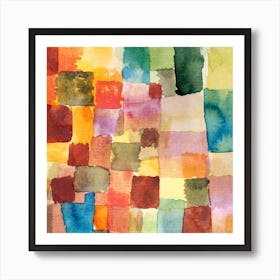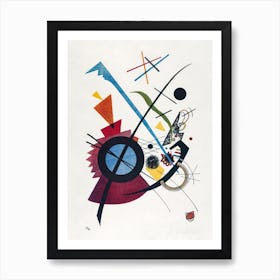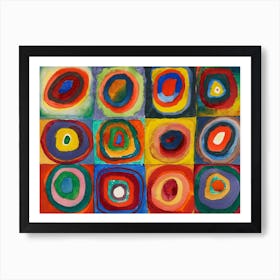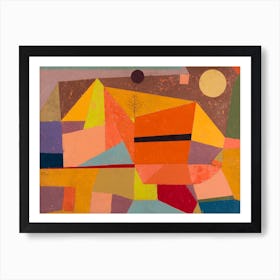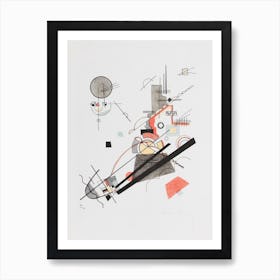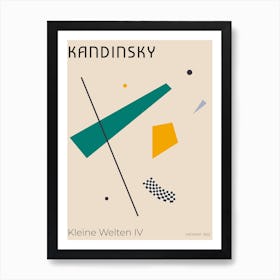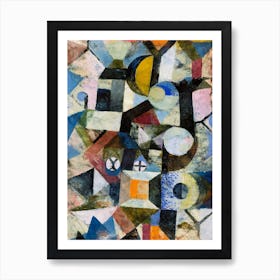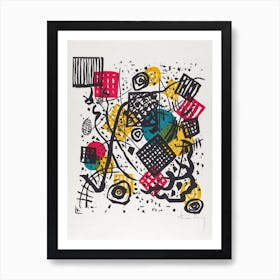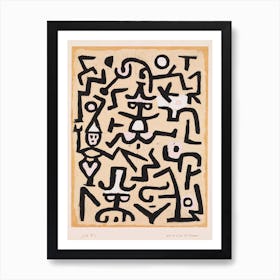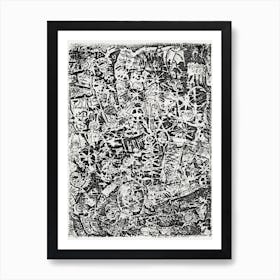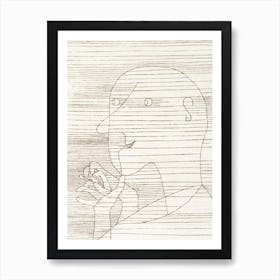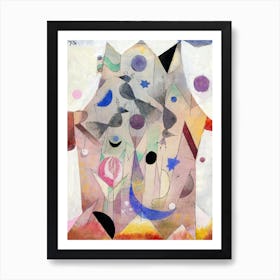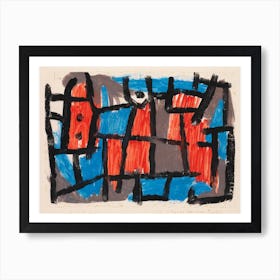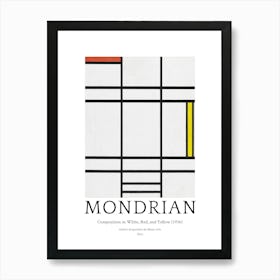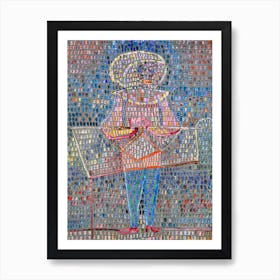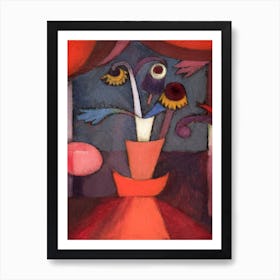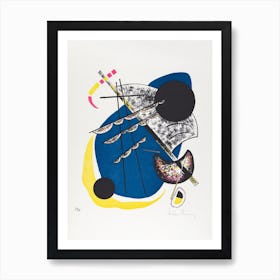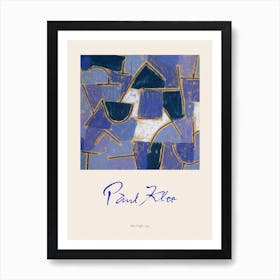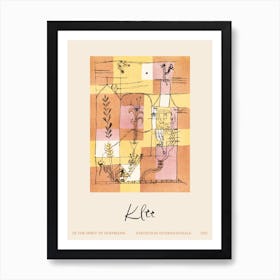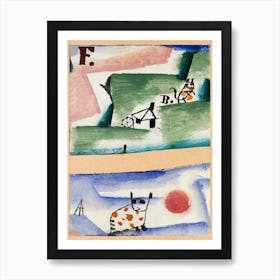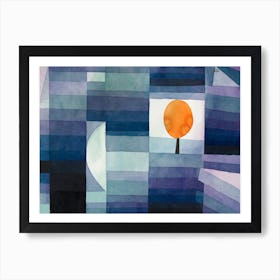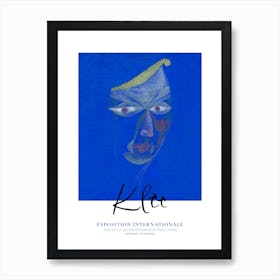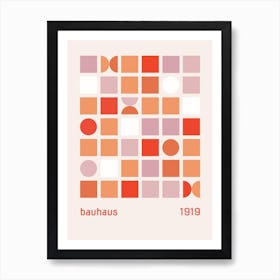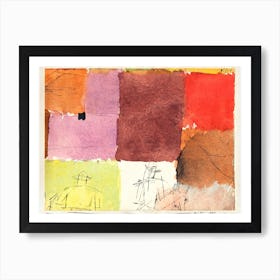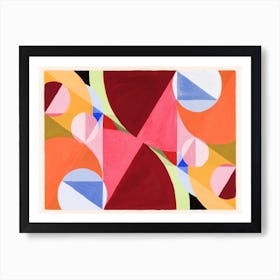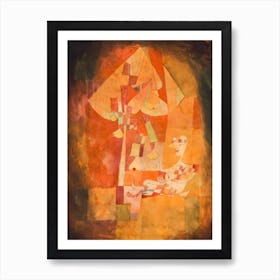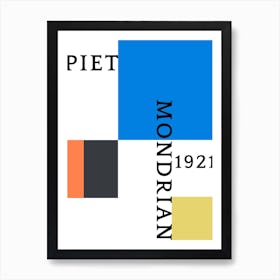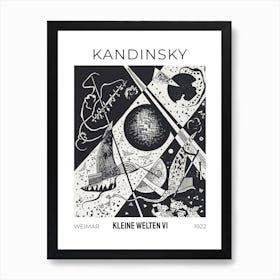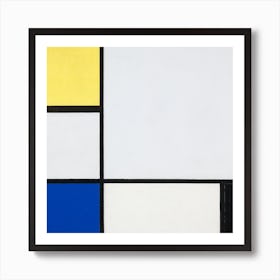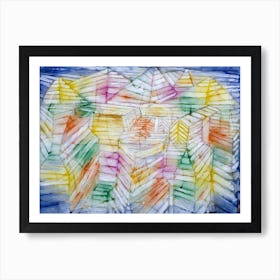Bauhaus Art Prints & Posters
Bring iconic design and modern elegance into your living space.
Our curated collection of Bauhaus-inspired wall art, crafted to infuse your decor with modernist sophistication and artistic flair. The timeless elegance of Bauhaus wall art, blending form and function in striking geometric designs will elevate your space.
From $47
From $25
From $25
From $25
From $25
Looking for something different?
Hear from our Bauhaus Art Prints & Posters customers
4.8 (4,746)
Anonymous .
Verified purchase · 16 Jan 2025
The print is gorgeous and beautifully framed. Perfect!
Anonymous .
Verified purchase · 21 Dec 2024
quality, delivery, notification-everything excellent
Anonymous .
Verified purchase · 21 Dec 2024
We love our new artwork and it looks amazing in our room. Great service. Thank you.
Frequently asked questions
Popular shops
Wall Art Prints & PostersArt PrintsBedroom Wall ArtKitchen Wall ArtLiving Room Wall ArtAbstract Wall ArtWilliam Morris Art Prints & PostersArt Deco Posters & PrintsAnimal Wall ArtBathroom Wall ArtNature Art Prints and PostersArt Prints By RoomDining Room Wall ArtPlants Wall ArtHallway Wall ArtGustav Klimt Art Prints & PostersGym Wall ArtHenri Matisse PrintsClaude Monet Art Prints & PostersPaul Klee Art Prints & Posters
